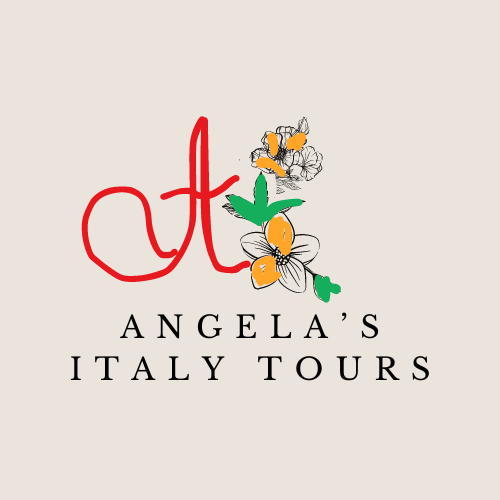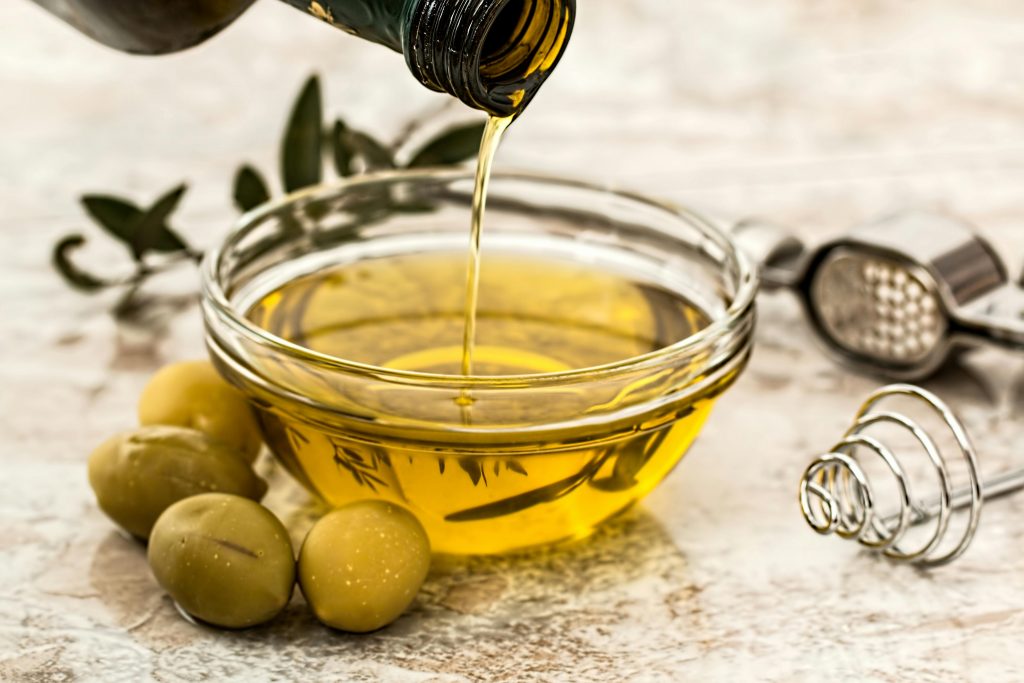
The difference between ordinary olive oil and Italy’s liquid gold isn’t just in the price tag. Without understanding Mediterranean olive heritage, you might miss out on centuries of tradition that make Italian olive oil special. Countless visitors make the mistake of rushing through Italy without experiencing traditional olive harvesting or proper Italian oil tastings, leaving with only a surface-level appreciation of this golden elixir.
But here’s the good news: you can become an olive oil expert with the right guidance. Imagine walking through ancient olive groves, learning from local producers, and discovering how to distinguish exceptional oils from ordinary ones. From Tuscany to Puglia, Italy’s olive regions offer immersive experiences that transform casual tourists into informed enthusiasts.
Ready to discover the secrets of Italian olive oil? Let’s embark on a journey through Italy’s most cherished tradition.
A Journey Through Time: Italy’s Ancient Olive Heritage
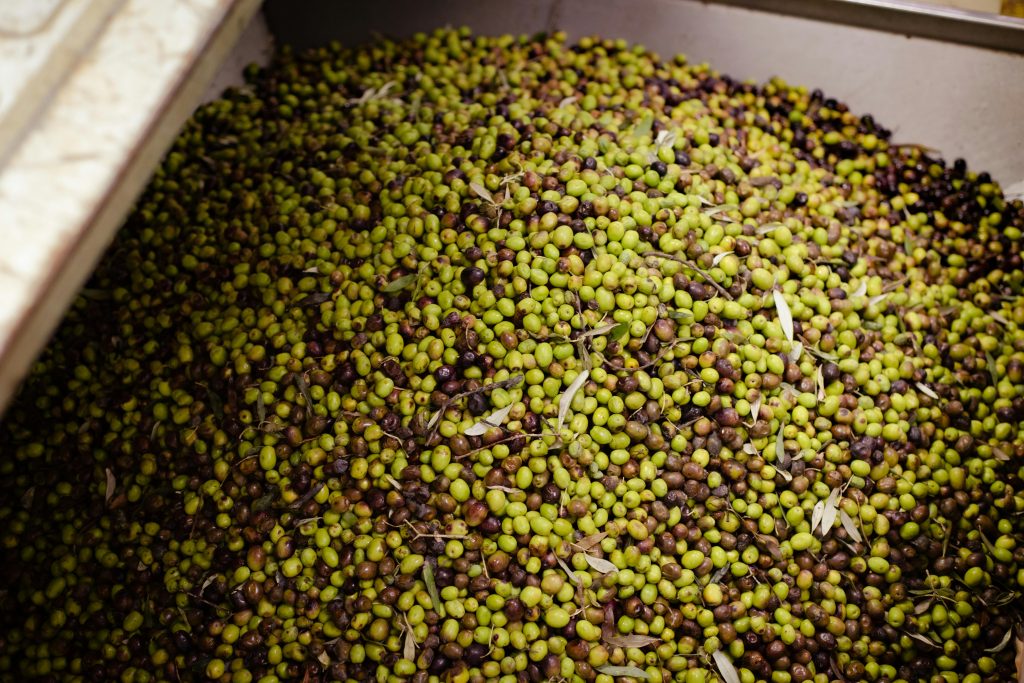
Imagine stepping into an ancient Roman villa’s courtyard, where olive oil wasn’t just food – it was treasure. The Romans called it ‘liquid gold,’ using it for everything from cooking to medicine and religious ceremonies. Fast forward to today, and you’ll find that same reverence for olive oil alive in every corner of Italy, from small family farms to grand estates. This precious tradition spans over 2,000 years, making Italy one of the world’s most respected olive oil producers.
The story of Mediterranean olive heritage is written in the soil of every Italian hillside. In regions like Tuscany and Puglia, families have passed down their olive groves for generations, each adding their own chapter to this living history. The traditional olive harvesting methods remain largely unchanged – olives are still carefully picked during the cool autumn months, and many producers still use ancient stone mills alongside modern equipment. This blend of old and new ensures that every bottle captures centuries of expertise.
Planning Your Italian Olive Oil Experience
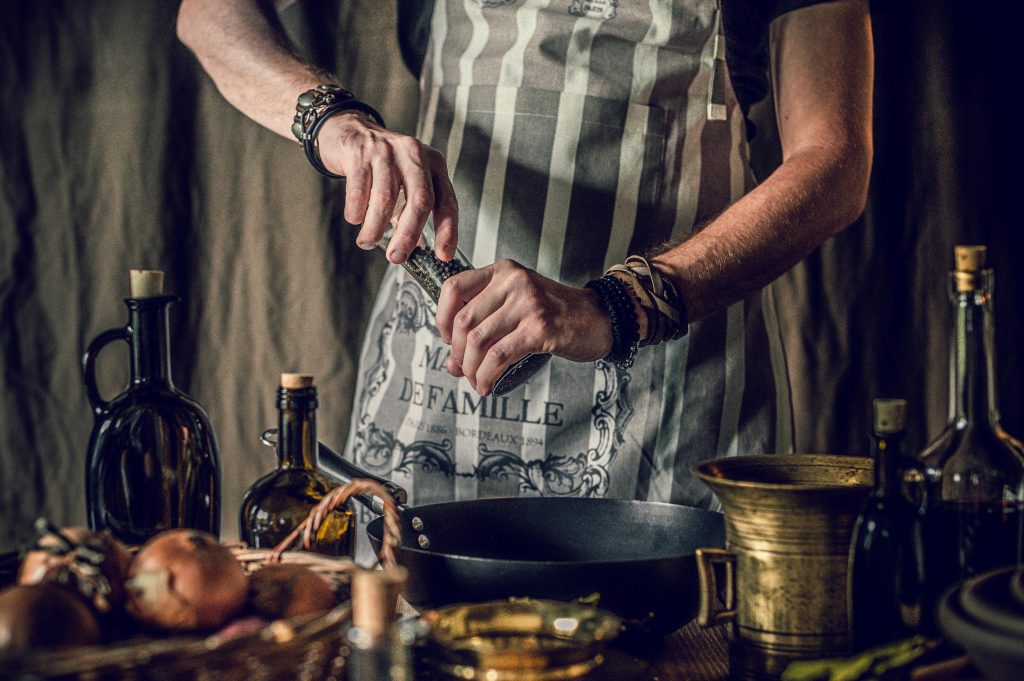
Italian olive oil isn’t just an ingredient – it’s the cornerstone of daily life. From the morning’s first drizzle on crusty bread to the finishing touch on a late-night pasta, oil is present at every Italian meal. Local oil mills become community gathering spots during harvest season, where families bring their olives for pressing, sharing stories and celebrating together. This deep connection to olive oil goes beyond cooking – it’s about preserving a way of life that connects modern Italians to their ancestors through taste, tradition, and togetherness.
The magic of Italian olive oil tasting happens during harvest season, which typically runs from October to December. This is when you’ll experience the full charm of Italian oil mill experiences – from watching olives being pressed to tasting the freshest oil possible. Autumn brings mild temperatures perfect for exploring olive groves, and you’ll find local festivals celebrating the new harvest across Italy. Just remember that many estates require advance booking during this busy season, especially if you want to participate in the harvest activities.
The most memorable olive farm tours in Italy can be found in regions like Tuscany, Puglia, and Umbria. Take Gonnelli 1585 in Tuscany, where visitors can explore over 43,000 olive trees and learn traditional harvesting methods. In Puglia, often called Italy’s olive garden, estates like Masseria Brancati offer tours of their ancient underground olive mills. Meanwhile, Umbria’s family-run farms provide intimate tasting experiences where you can sample oils alongside local specialties like truffles and wine.
When it comes to olive estate accommodation, you’re in for a treat. Many historic estates have converted their farmhouses into charming agriturismi (farm stays). Picture waking up surrounded by centuries-old olive groves, joining morning harvesting sessions, and learning traditional oil-making techniques from local producers. Popular options include restored Tuscan villas with modern amenities, Puglian masserias (fortified farmhouses), and Umbrian country houses. Most accommodations include guided tastings, cooking classes using estate-produced oils, and the chance to purchase oils directly from the source.
Quality Matters: Choosing the Best Olive Oil
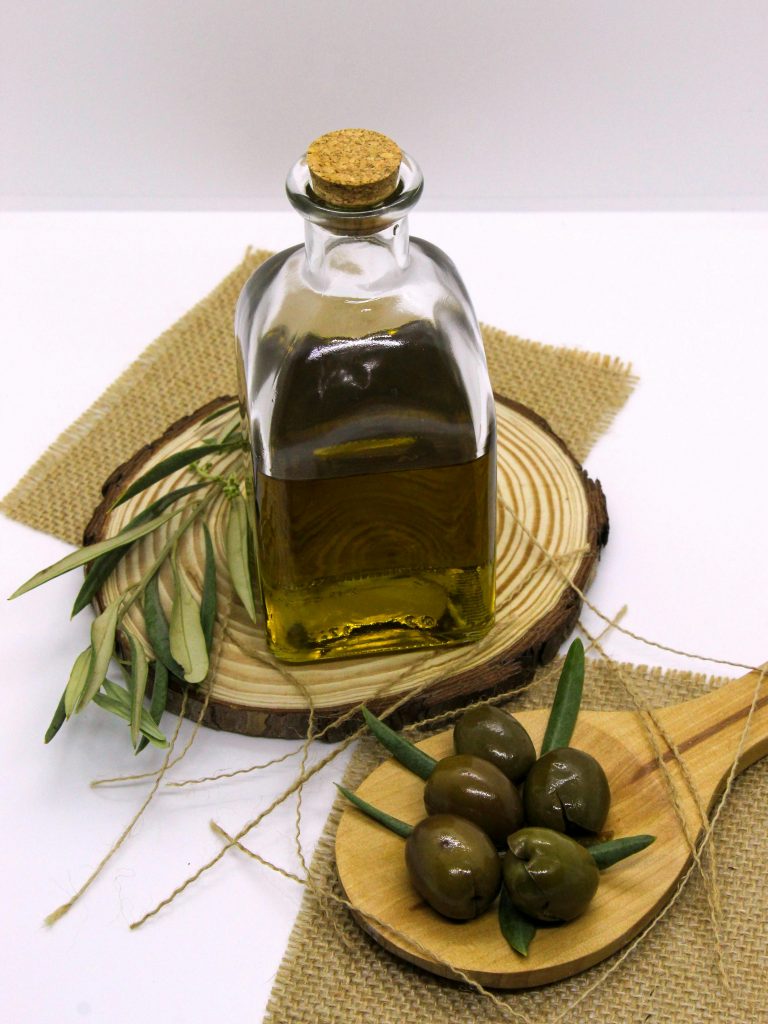
Understanding Italian DOP oils is your first step to choosing quality olive oil. Think of DOP (Protected Designation of Origin) as Italy’s stamp of approval – it tells you the oil comes from a specific place and follows strict traditional methods. For example, a DOP oil from Tuscany means every olive was grown, pressed, and bottled in that region. This certification helps you trust what you’re buying and explains why some oils cost more than others. When you’re shopping, look for the red and yellow DOP symbol on the bottle.
Reading Italian oil labels gets easier once you know what to look for. The harvest date is crucial – always pick oils less than a year old. The bottle itself matters too – good oils come in dark glass to protect them from light damage. Look for words like “extra virgin” (the highest quality) and check where the olives were grown. Single-origin oils, meaning olives from one area, often have more distinct flavors. Storage is just as important as selection. Keep your oil away from heat and light – a cool, dark cabinet is perfect. Once opened, try to use it within six months for the best flavor.
The signs of exceptional olive oil start with its smell – it should remind you of fresh grass or green apples. When you taste it, expect three main sensations: fruity flavors first, followed by a pleasant bitterness, and a peppery kick at the back of your throat. Quality oil should excite all three – if any are missing, it might not be the best bottle. Avoid oils that smell like old peanuts or vinegar – these are signs that something’s not right.
Health Benefits and Modern Usage
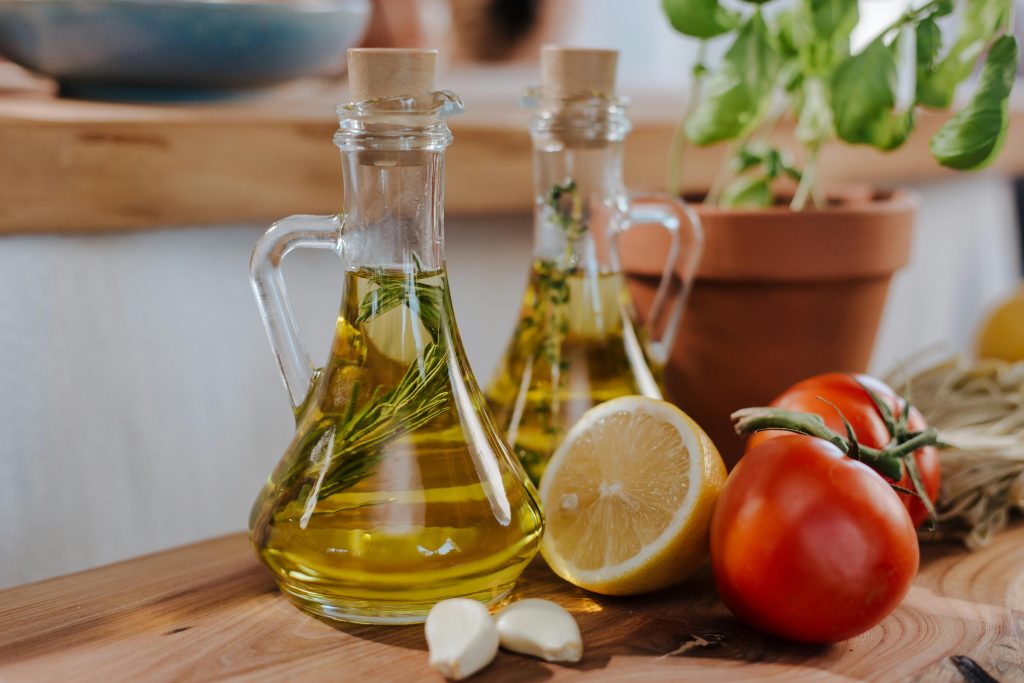
In the heart of the Mediterranean diet lies olive oil, a true health champion that’s been used for thousands of years. Modern science is now backing up what Italians have known all along – this liquid gold packs serious health benefits. It’s rich in good fats that help protect your heart, and it’s loaded with antioxidants that fight inflammation. Research shows people who regularly use olive oil tend to have better heart health, steadier blood sugar, and even sharper minds as they age. Best of all, getting these benefits is as simple as using olive oil in your daily cooking.
Today’s health experts recommend using olive oil in both traditional and new ways. Sure, you can drizzle it on salads and use it for cooking like Italians have done for centuries. But modern kitchens are getting creative – adding it to smoothies, using it instead of butter in baking, and even taking a small spoonful each morning as a supplement. The key is choosing extra virgin olive oil, which has the most health benefits because it’s the least processed. Aim for 1-4 tablespoons daily, depending on your needs.
Cooking with Italian oil follows both old and new rules. For traditional uses, nothing beats a drizzle of fresh oil on crusty bread or tossed with pasta. Modern cooking has expanded these uses – try roasting vegetables with it, using it as a natural butter replacement in baking, or adding it to marinades. Remember that different oils suit different uses – save your premium DOP oils for finishing dishes where you can really taste them, and use regular extra virgin olive oil for everyday cooking.
Practical Tips for Your Olive Oil Adventure
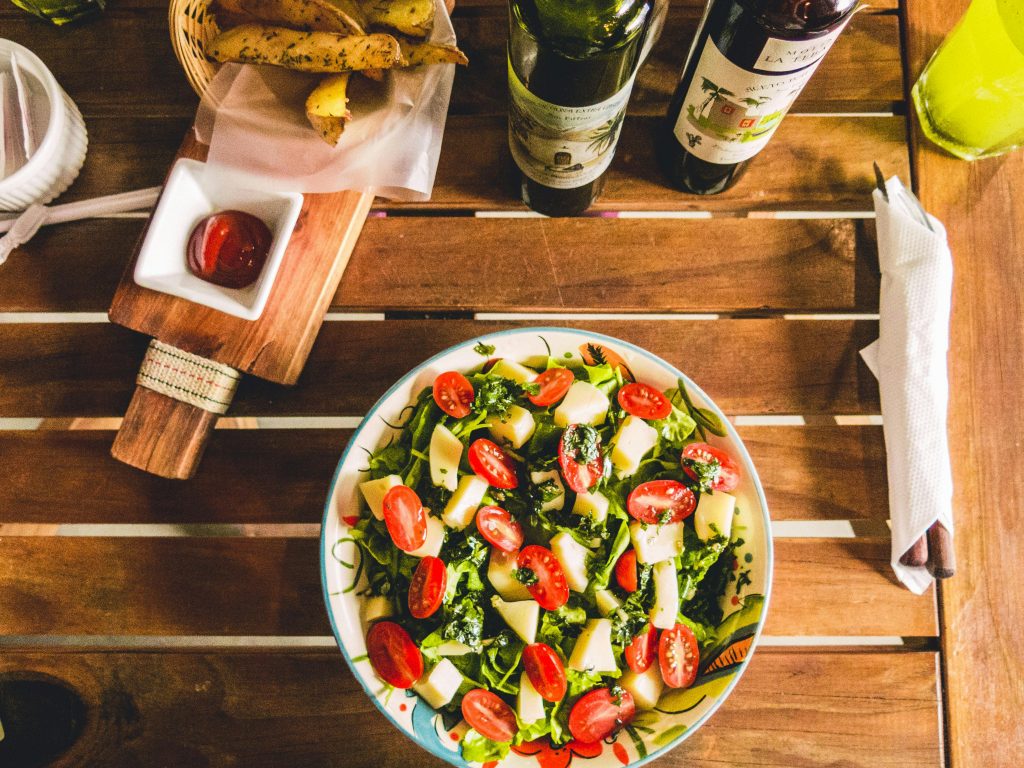
Planning to bring home Italy’s liquid gold requires some smart packing strategies. Most airlines allow olive oil in checked luggage, but you’ll want to pack those precious bottles carefully. Wrap each one in bubble wrap or special wine sleeves, and tuck them into the center of your suitcase surrounded by soft clothes. Better yet, many olive estates now offer shipping services straight to your home, saving you the worry of transport. If you’re buying multiple bottles, shipping might be your best bet – plus, some producers even offer special export packaging to ensure your oil arrives safely.
The best seasons for olive farm tours depend on what you want to experience. The harvest season, running from late October through early December, offers the most authentic olive mill experiences. This is when you’ll see the whole process – from picking to pressing – and taste oil at its freshest. Spring brings its own magic, with wildflowers carpeting the groves and perfect weather for countryside walks. Just avoid August, when many estates close for Italy’s traditional summer holiday. If you’re serious about learning, consider visiting in November when you can join harvest activities and maybe even help pick olives yourself.
Booking your olive oil adventure takes some planning, especially during peak season. Most estates require advance reservations for tours and tastings, often booking up months ahead for harvest time. Look for tours that include hands-on experiences like oil tasting workshops or cooking classes using estate oils. Photography enthusiasts should plan for early morning or late afternoon visits when the light paints the groves golden. The rows of twisted olive trees make stunning photos, especially in places like Tuscany where they line rolling hills. Don’t forget to capture the time-honored pressing process – it’s a part of history you’ll want to remember.
Conclusion
Embarking on an olive oil adventure in Italy is more than just a trip – it’s an opportunity to connect with ancient traditions, deepen your appreciation for high-quality olive oil, and taste Italy’s culinary heritage at its finest. Whether you’re wandering through centuries-old groves or enjoying a fresh drizzle of olive oil on local bread, these experiences will stay with you long after you return home. By using the tips shared, you’ll be well-prepared to choose the best oils, understand their origins, and savor their flavors like a true olive oil expert. If you have any further questions or need more information to plan your olive oil journey, feel free to contact me at info@angelatourism.com. I’m happy to help!
FAQs
1. When is the best time to visit Italy for olive oil tastings?
The best time to visit is during the harvest season, from October to December, when you can see olives being picked and pressed. However, spring is also lovely for countryside walks and early tastings.
2. What should I look for when buying Italian olive oil?
Look for the DOP label, which ensures the oil comes from a specific region and follows traditional methods. Check the harvest date (the fresher, the better) and buy extra virgin oil in dark glass bottles to protect it from light.
3. How do I properly store olive oil?
Keep your olive oil in a cool, dark place away from heat and light. Once opened, use it within six months to maintain its freshness and flavor.
4. What are the health benefits of olive oil?
Olive oil is rich in healthy fats and antioxidants, helping improve heart health, stabilize blood sugar, and fight inflammation. Extra virgin olive oil offers the most benefits due to its minimal processing.
5. Can I cook with olive oil, or should I only use it raw?
You can cook with olive oil! Use regular extra virgin olive oil for everyday cooking and save premium oils for finishing dishes to highlight their flavors.
6. Can I visit olive farms and participate in the harvest?
Yes! Many estates offer harvest tours, where you can help pick olives, watch the pressing process, and enjoy fresh tastings. Be sure to book in advance, especially during peak season.
7. What regions in Italy are best for olive oil experiences?
Tuscany, Puglia, and Umbria are popular regions. Each offers unique experiences, from touring ancient olive groves to tasting oils alongside local delicacies.
8. How can I safely bring olive oil home from Italy?
You can pack bottles in your checked luggage with plenty of padding or take advantage of shipping services offered by many estates, which often include special packaging to protect your oils during transport.
9. What is the difference between DOP olive oil and regular extra virgin olive oil?
DOP olive oil is certified to come from a specific region in Italy and follows strict traditional methods. Regular extra virgin olive oil doesn’t have these restrictions but can still be of high quality.
10. How do I know if olive oil has gone bad?
Olive oil should smell fresh and fruity. If it smells like old peanuts or vinegar, or if the taste is flat and rancid, it has likely gone bad and should be replaced.

I am a luxury travel specialist curating bespoke experiences in Italy. I have an extensive destination knowledge to help my clients achieve their travel dreams. Our services include: private leisure holidays, business arrangements. We have a wide variety of venues for celebrating birthdays, weddings, business meetings, corporate events. Visit our website to see all our exclusive luxury hotels/villas/resorts you can choose from. Based in UK, London. Visit Angela’s Luxury Tours To Italy
